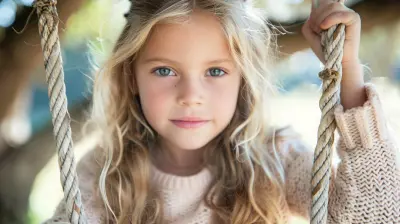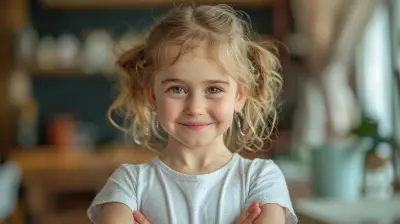How to Celebrate Cultural Heritage Through Children's Stories
15 July 2025
Ever looked at your child cuddled up with a picture book and wondered, "What if this story could tell them a little more about where they come from?" Or maybe, you’ve wished that bedtime stories did more than just entertain. Well, guess what? They can — and they should!
Celebrating cultural heritage through children’s stories is like planting a garden of identity, tradition, and empathy right in the heart of a child’s imagination. In today’s fast-paced, screen-filled world, stories can act as time machines, bridges, even passports to cultures near and far.
Let’s unwrap this idea together — and don’t worry, I’ll keep it light, fun, and practical. Get comfy!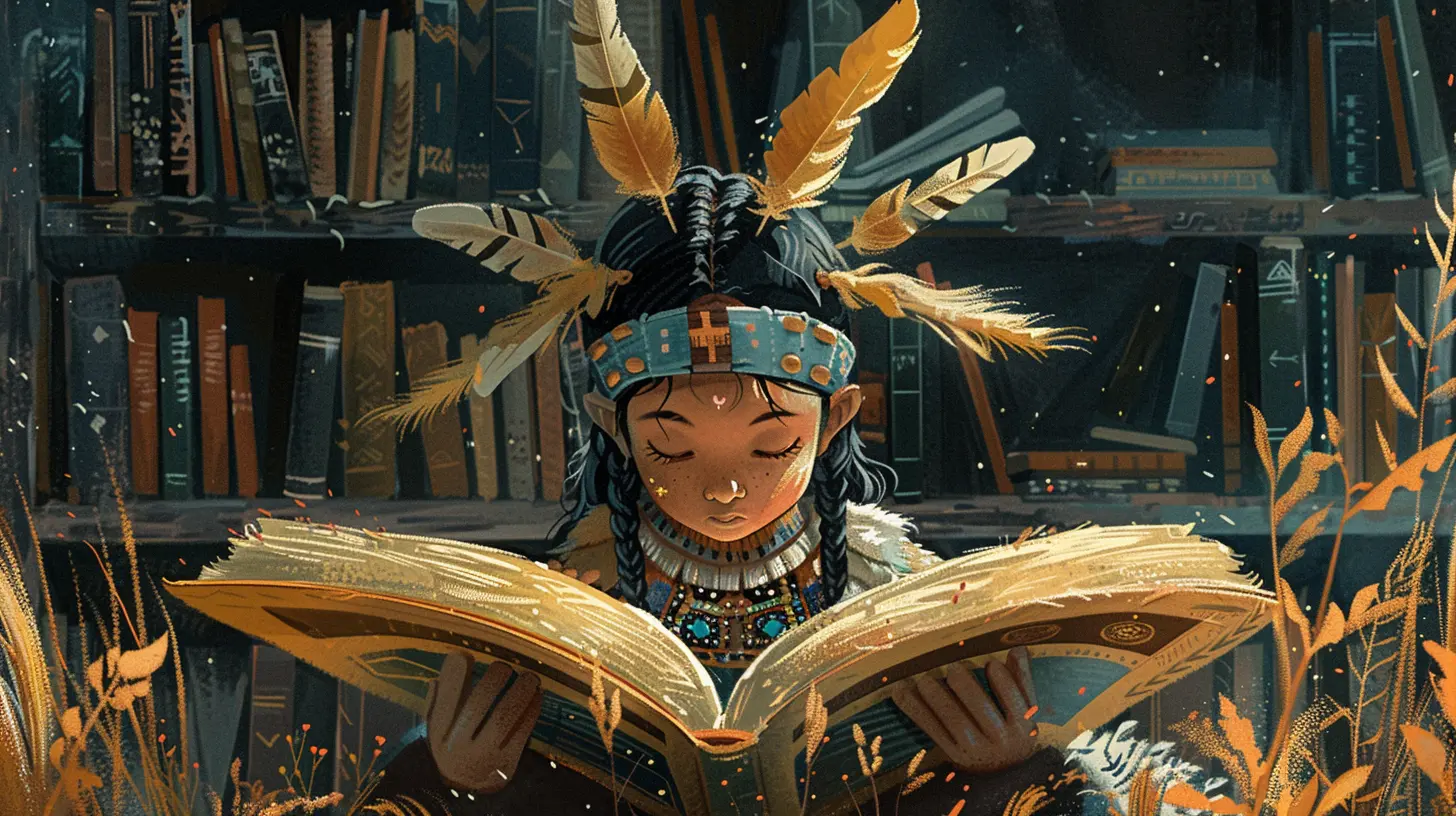
Why Cultural Heritage Matters (Especially for Kids)
Before we dive into stories, let’s talk about why cultural heritage even matters.Think of cultural heritage as the "flavor" of who we are — the traditions, languages, beliefs, and experiences passed down through generations. It’s Grandma’s recipes, Grandpa’s folktales, and your own childhood memories all wrapped into one.
For kids, knowing about their heritage helps:
- Build self-esteem and pride in their background
- Cultivate a sense of belonging and identity
- Encourage empathy and curiosity about others
- Strengthen family bonds through shared stories
Now, what’s one of the easiest and most effective ways to pass all that along? Yep — stories!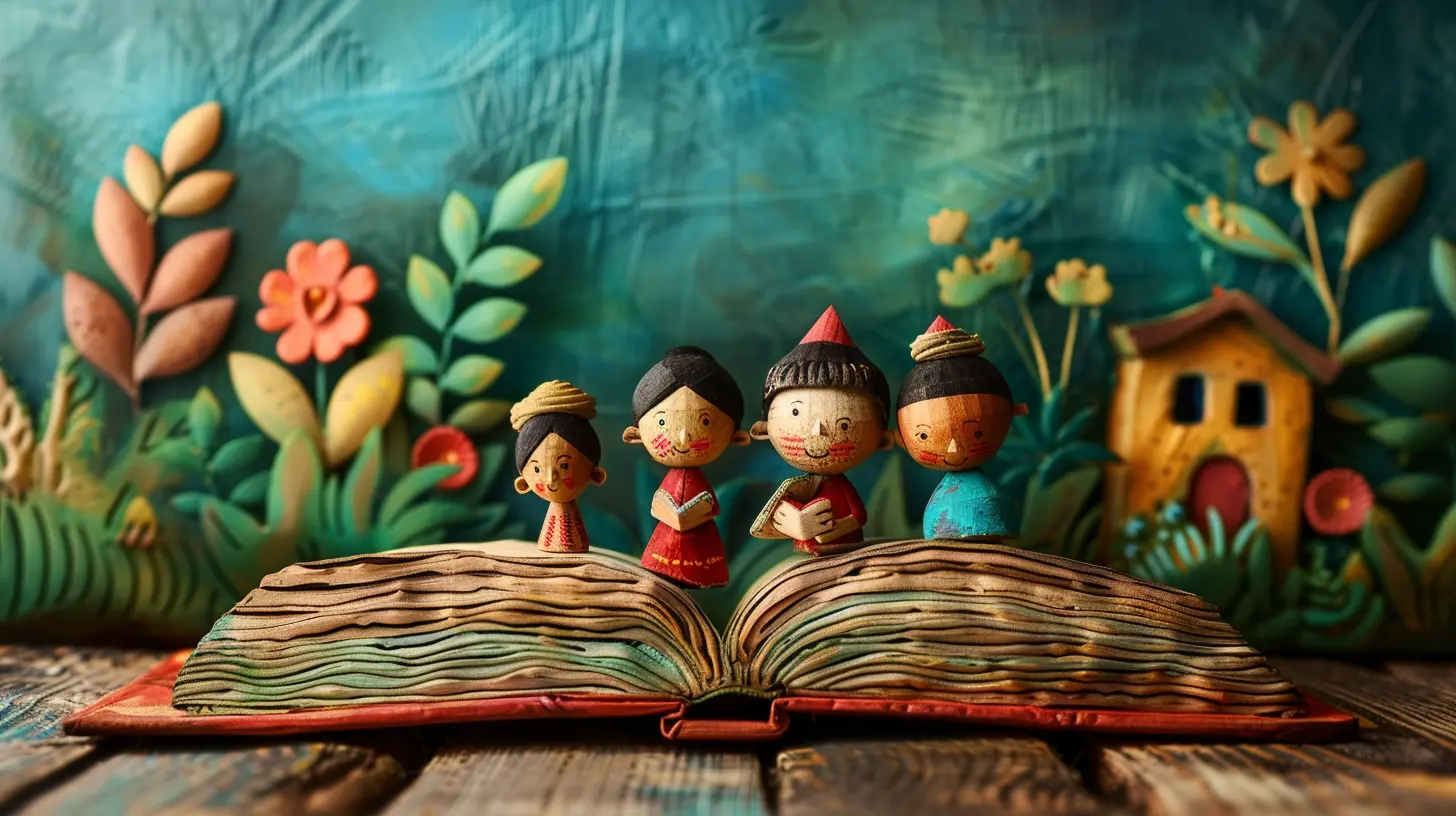
The Magic of Storytelling: More Than Just Fairy Tales
You see, stories aren’t just for putting kids to sleep (though we parents do love a smooth bedtime routine, right?). They’re actually powerful teaching tools. Stories can carry complex ideas in a way that’s easy for little minds to grasp — like wrapping a lesson in candy.Stories Are Time Capsules
Think of stories as mini time capsules. When we read tales from a particular culture, we’re offering our kids a peek into history, values, and daily life from a different perspective.They’re Also Mirrors and Windows
Heard of the “mirrors and windows” analogy in children’s literature? Books should be mirrors — reflecting a child’s own life and culture. But they should also be windows — offering glimpses into the lives and worlds of others.Including books with diverse heritage stories does both. It helps kids say, “Hey, that character is like me!” and also, “Wow, that’s so different from what I know!”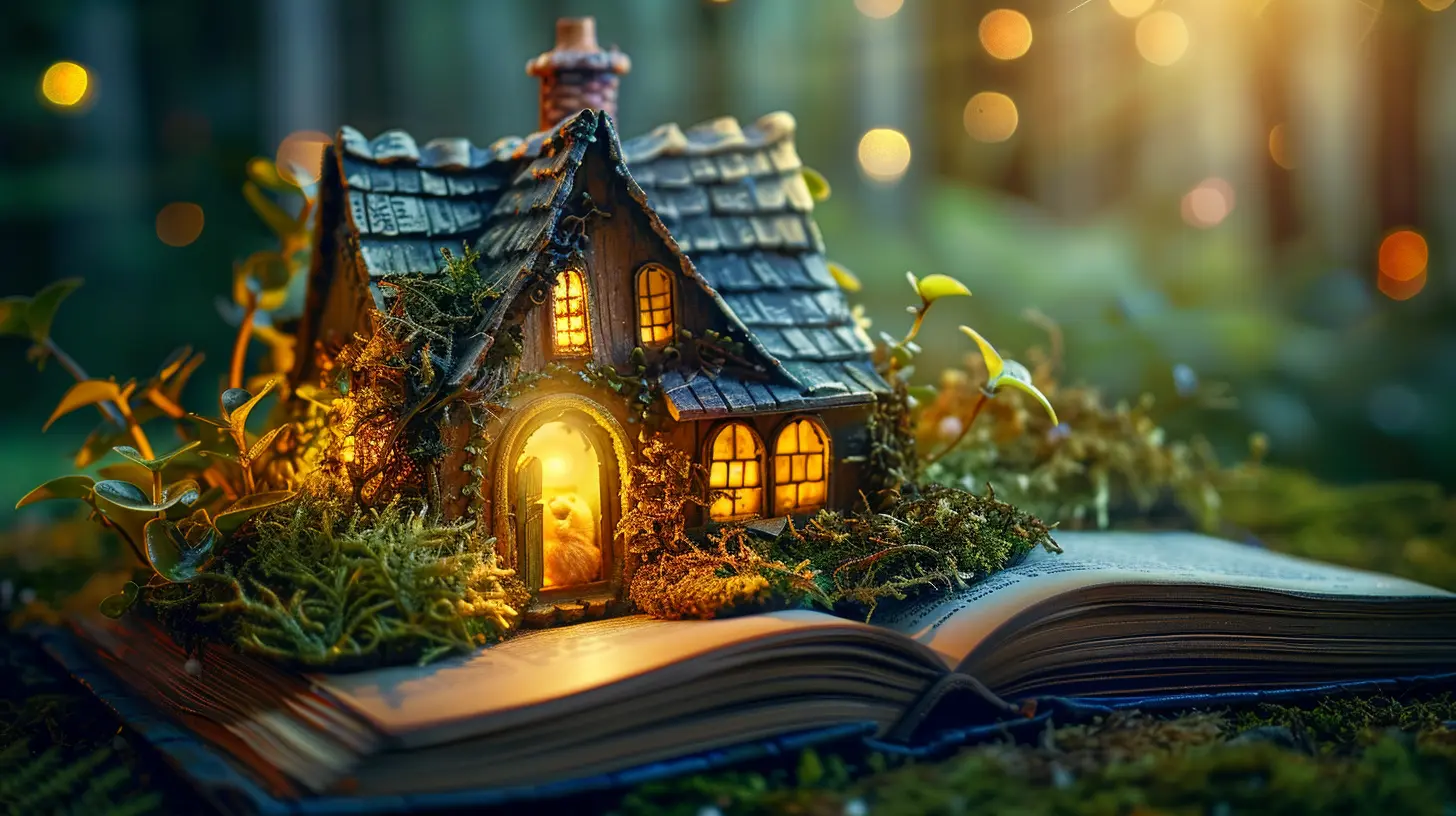
Practical Ways to Celebrate Cultural Heritage Through Stories
Alright, we get the “why.” Now let’s get into the “how.” You don’t need to be a scholar or a librarian to do this. All you need is intention, a little curiosity, and a sprinkle of creativity.1. Start with Your Own Family History
Take a walk down memory lane and think: What stories have shaped your family? Maybe you have an old folktale from your grandmother’s village? Or a funny story about how your parents came to a new country?Write it down. Tell it at bedtime. Share it on holidays or family gatherings. Our roots often live in the stories we share — and sometimes, those stories are better than any storybook.
Pro Tip: Turn family stories into DIY books with your kids. Draw pictures together, write dialogue, and bind it with ribbon or staples. It’s a fun arts-and-crafts project and a lasting memory.
2. Create a Cultural Storytime Routine
Dedicate one evening a week (maybe Sunday nights?) to reading stories from different cultures. There’s a treasure chest of children’s books out there celebrating indigenous traditions, African folktales, Asian legends, and Latin American myths — and don’t even get me started on European fables.You can:
- Borrow storybooks from your local library
- Order books online from diverse authors
- Attend multicultural storytelling events (check museums or community centers)
Bonus Idea: Make the theme nights extra festive! Reading a Chinese tale? Try dumplings for dinner. Reading a Nigerian folktale? Put on some traditional Afrobeat music in the background.
3. Use Audiobooks and Podcasts
Sometimes, we’re too tired to read aloud (hello, parent life). On those days, cue up a cultural kids’ audiobook or podcast! Hearing stories aloud — especially in a traditional accent or language — can bring magic and authenticity into the storytelling experience.Try platforms like:
- Spotify (search “multicultural kids stories”)
- Audible (look for folktale collections)
- Local library apps (free!)
Pop it on during car rides, cooking time, or even bath time. You’ll be surprised how much kids soak up through their ears.
4. Celebrate Heritage Months with Stories
Many cultures have dedicated celebration months — Black History Month, Hispanic Heritage Month, Asian American and Pacific Islander Heritage Month, and more.Use these times to spotlight stories from those traditions. Make it a family challenge to read a book from that culture each week during the month. Pair it with activities like crafts, music, or food from that culture, and you’ve got yourself a full-on cultural immersion.
5. Build an Inclusive Home Library
You know how we refresh wardrobes every season (well, at least the kids’ stuff)? Do the same for your bookshelf. Make sure your home library includes:- Books by diverse authors
- Stories featuring characters from different cultures
- Bilingual or multilingual books (if possible)
Representation in literature helps children feel seen and valued. It also educates them that the world is rich in different experiences — and that’s a good thing!
6. Host a Cultural Story Swap
This one’s especially fun if you’re part of a parenting group or school community.Invite other families over for a "cultural story swap" night. Each child (with their parent’s help) picks a story from their family’s heritage to share. You can read it aloud, act it out, or even turn it into a puppet show.
It’s like show-and-tell — but way more meaningful.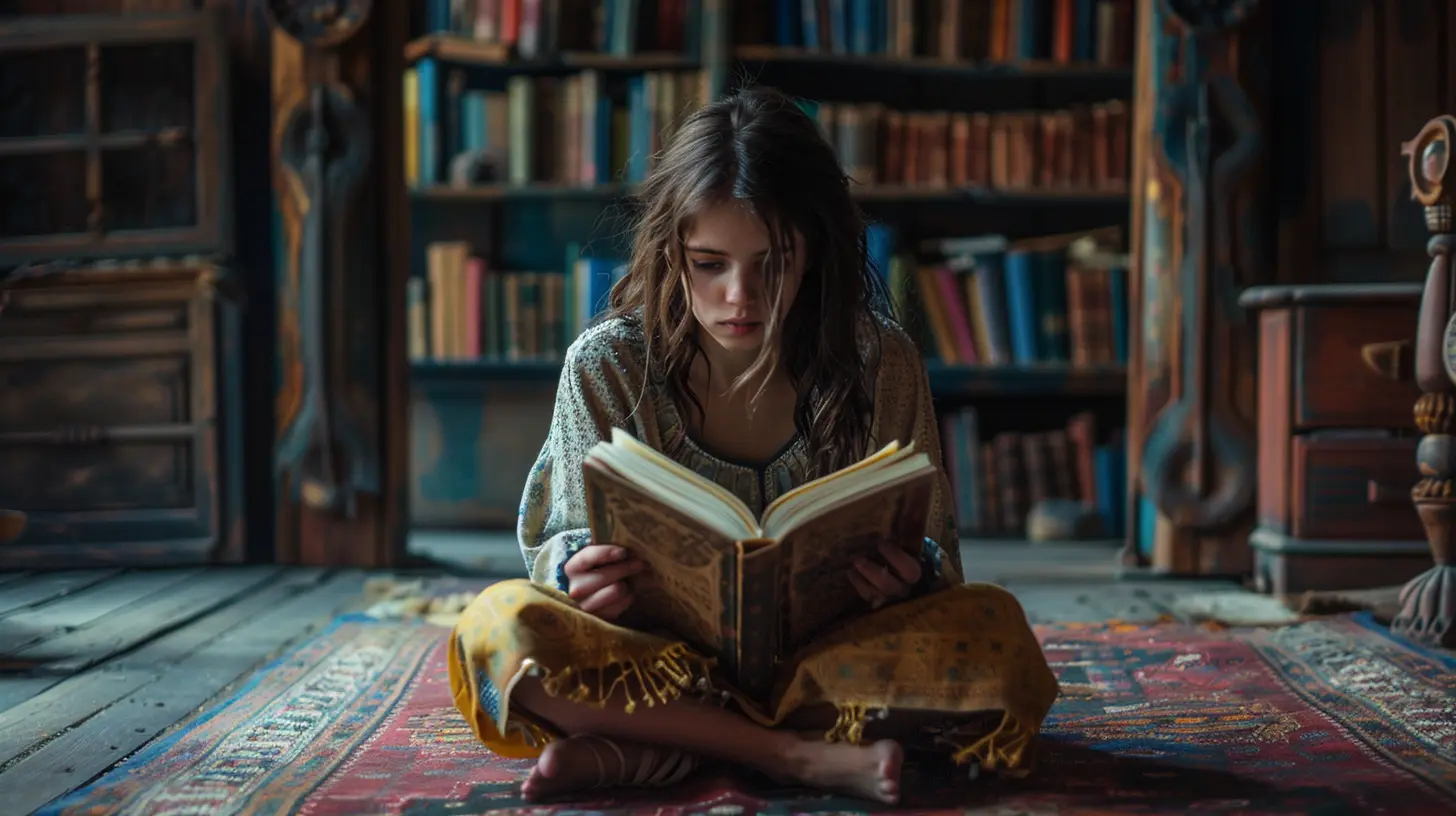
What If You Don’t Know Much About Your Cultural Heritage?
Let’s be real. Not everyone was raised with a strong connection to their cultural roots. And that’s okay. It’s never too late to reconnect or to build something new for your kids.Start by:
- Asking older relatives or family friends for stories
- Researching your family’s country or region of origin
- Reading books from that culture together with your kids
- Joining cultural groups or events in your community
Remember, celebrating cultural heritage isn’t about doing it perfectly. It’s about the journey — the effort to understand and honor where you come from.
Tips for Making the Most of Storytime
Now that you’ve got a cultural bookshelf ready… here are a few tips to keep the storytelling vibe alive and meaningful:✔ Talk About It
After reading, ask questions like:- “What do you think that story was trying to teach?”
- “How is this tradition different from ours?”
- “Do you think the character made a good choice?”
This helps kids process the story and connect it to real life.
✔ Make It Interactive
Use voices, sound effects, or even props to bring the story alive. Kids love drama — and when they’re engaged, they retain more.✔ Encourage Kids to Tell Their Own Stories
Prompt your child to write or tell their own tales inspired by the ones they’ve read. Maybe they can weave Grandma’s traditions into a magical adventure. Or reimagine an old legend with themselves as the hero.A Few Book Recommendations to Get You Started
Need help picking the first few books? Here’s a short list of beautiful children’s stories from around the world:- “Last Stop on Market Street” by Matt de la Peña (Latino-American experiences)
- “Grandfather’s Journey” by Allen Say (Japanese-American heritage)
- “Why Mosquitoes Buzz in People’s Ears” by Verna Aardema (West African folktale)
- “Maya and the Turtle” by Soma Han and John C. Stickler (Korean folktale)
- “The Name Jar” by Yangsook Choi (Korean-American identity)
- “We Are Grateful: Otsaliheliga” by Traci Sorell (Cherokee Nation traditions)
Check your local library or indie bookstore — they might have even more gems!
Final Thoughts: It’s Not About Perfection — It’s About Connection
At the end of the day, celebrating cultural heritage through children’s stories isn’t about being an expert or having the perfect multicultural bookshelf. It’s about connection. Connection to your roots, to your child, and to the rich, diverse world we live in.So whether it’s a story passed down at family dinners or a colorful picture book from across the globe, every tale you share is a thread in a bigger tapestry — one that teaches your child pride, empathy, and wonder.
And hey, who knows? One day, your grandkids might be reading stories about you.
all images in this post were generated using AI tools
Category:
Childrens BooksAuthor:

Tara Henson
Discussion
rate this article
1 comments
Rowan Wade
Beautiful reminder of the power of stories in heritage!
July 28, 2025 at 4:00 AM

Tara Henson
Thank you! Stories truly are a vital connection to our heritage.

